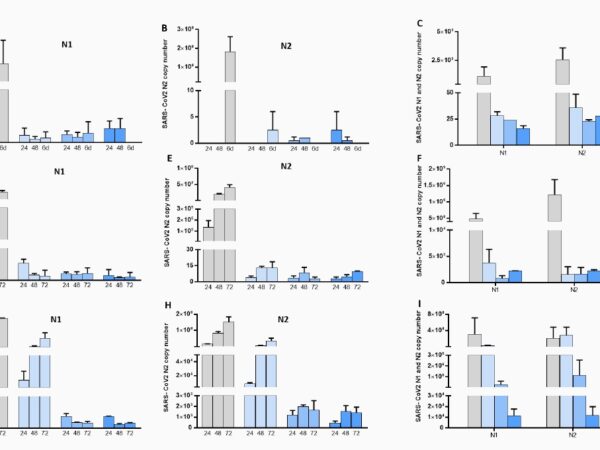UV-C irradiation is highly effective in inactivating and inhibiting SARS-CoV-2 replication
Publication date: 08/06/2020 – E&P Code: repo.epiprev.it/1750
Authors: Andrea Bianco1, Mara Biasin2, Giovanni Pareschi1, Adalberto Cavalieri3, Claudia Cavatorta3, Claudio Fenizia2, Paola Galli1, Luigi Lessio4 , Manuela Lualdi3, Edoardo Redaelli1, Irma Saulle2,5, Daria Trabattoni2, Alessio Zanutta1, Mario Clerici5,6
Abstract: The potential virucidal effects of UV-C irradiation on SARS-CoV-2 were experimentally evaluated for different illumination doses and virus concentrations (1000, 5, 0.05 MOI). Both virus inactivation and replication inhibition were investigated as a function of these parameters. At a virus density comparable to that observed in SARS-CoV-2 infection, an UV-C dose of just 3.7 mJ/cm2 was sufficient to achieve a 3 log inactivation, and complete inhibition of all viral concentrations was observed with 16.9 mJ/cm2. These results could explain the epidemiological trends of COVID-19 and are important for the development of novel sterilizing methods to contain SARS-CoV-2 infection.
More >

